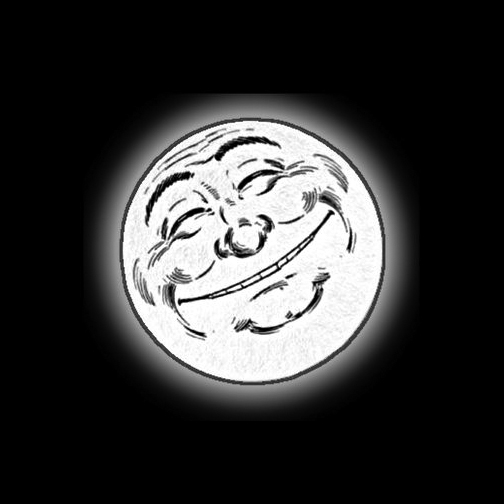by William J. Bechaver
EARTH — The first three months of this year have been extraordinary, when it comes to lunar events.

On New Year’s Day, the night was graced with a full moon. This set up a series of lunar cycle events that seem amazing!
Typically, a full moon occurs every month, or more accurately, every twenty nine and a half days. So, in a month when the full moon falls on the first, that month will expectedly have a second full moon.
Such was the case in January. In the early morning hours of the last day of the month, we had our second full moon of the year, and we were only in the first month.
To mark the event as even more amazing, there was a total lunar eclipse on that second full moon of the month, seen across most of North America and into Asia.
Since the cycle between full moons is longer than the month of February usually is, there will be no full moon this month!
As it logically goes to follow, there will be a full moon on March first. And as we saw in January, months with thirty one days that start with a full moon end with one as well, and the second full moon in March will be on the last day of the month.
Having a moonless February bookended by two blue moon months doesn’t happen all that often, but it can be easily calculated, and predicted. The last time it occurred was in February of 1999. It will not happen again until February of 2037. The cycle repeats roughly ever 19 years, though it can be broken periodically by leap years.
Is it possible to have a February during a leap year without a full moon? It would seem practically impossible, and indeed, world-wide, it is. But for certain portions of the planet, the rules don’t apply.
Let me elaborate. The last time there was a leap year February with no full moon was over four centuries ago, in 1608. When will the next occur? Scientists and research tell us the next leap year February with no full moon won’t be experienced until the year 2572, over five hundred years hence!
Even if you’re determined to live to see that occurrence, you won’t be rewarded by hanging around here. In our part of the world, that far away February will have a full moon. You’d have to hang around for another two thousand years to see it here.
Thanks for the positive feedback about our featured columns, and your continued interest in astronomy. If you have any questions or article requests, contact us at spacescape@rocketmail.com, or follow us on Twitter @ColoSpacEScapE for updates and additional viewing opportunities.
William J. Bechaver is the director of SPACE • Spanish Peaks Amateur Cosmos Enthusiasts, the premier Astronomical Society for Southern Colorado and Northern New Mexico.




